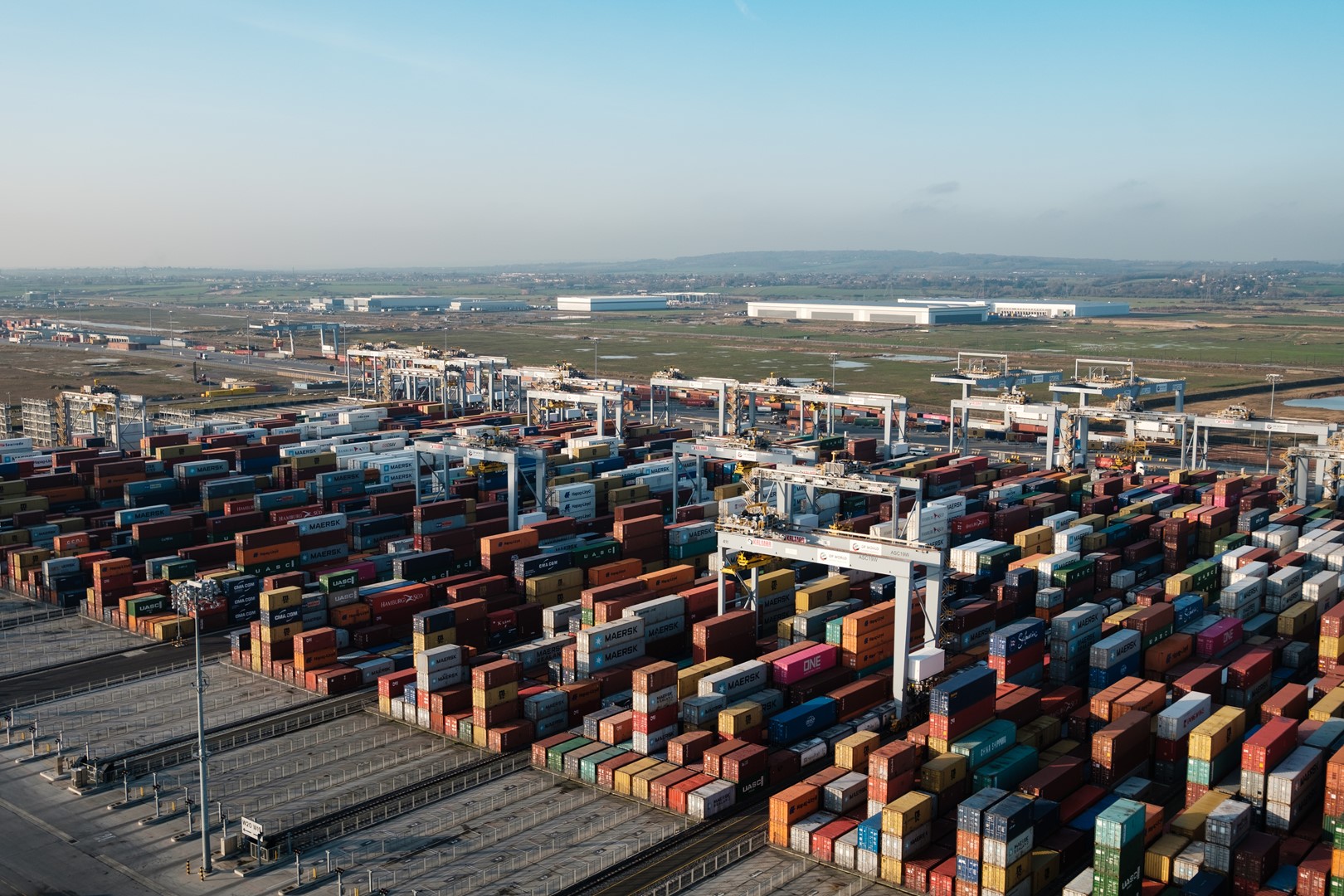UK ferrous scrap exports from Felixstowe in January-September fell by more than a third on the year, as some exporters moved away from the Suffolk-based port to London Gateway.
Felixstowe exported 748,071t of ferrous scrap in the first nine months of this year, a 37.9pc decline from the 1.2mn t exported in that period last year, HMRC data show. Felixstowe represents 12.3pc of all UK ferrous scrap exports.
The UK's ferrous scrap exports, including dispatches to the European Community, totalled 6.08mn t in January-September this year, which was down 7pc from the 6.5mn t exported in the same period last year.
Felixstowe, which is in southeast England, is the biggest and busiest container port in the UK, handling 37pc of all container units, according to a government report, and is therefore a key barometer of overall UK container exports.
"I would have expected a 5pc drop [at Felixstowe] but nothing more than that," one trader said.
The larger than expected decline in scrap exported from Felixstowe was likely a result of large scrap export companies moving away from the port, UK traders said.
A slowdown in global scrap demand and a fall in domestic scrap availability may have also contributed to the decline.
The London Gateway port is one potential site where trade could have moved to, according to another trader. Exports from London Gateway in the first nine months of the year rose by more than four times year on year to 610,035t.
Exporters may have moved their business to London Gateway because the port is more cost-effective for them, a second trader said.
This year's figures represent Felixstowe's lowest January-September export rate since 2008. London Gateway's ferrous scrap exports has risen each year since it began operations in November 2013.
Pakistan is a key market that contributed to this swing in ferrous scrap exports.
Exports to Pakistan from Felixstowe in January-September declined on the year by 82.4pc to 95,557t, while exports from London Gateway for the same period increased by 673pc to 402,448t.
Felixstowe exports
India received the most ferrous scrap exported from Felixstowe during the first nine months of this year with 265,980t, a 1.1pc decline from the 268,966t exported in the same period last year. This represents 41.9pc of the UK's total exports to India.
Bangladesh was the second-biggest export destination in that time with 164,639t, up 18.4pc year on year from 139,274t, while Indonesia was third with 157,574t, up 7.2pc on the year.
London Gateway exports
Pakistan is the most popular destination for ferrous scrap exported from London Gateway. The next three biggest markets are the same as Felixstowe's top three destinations.
India received 112,818t of ferrous scrap from London Gateway in the first nine months of 2019, a 139.9pc increase on the year.
Ferrous exports to Bangladesh rose 774pc to 48,675t on the year while Indonesia received 12,432t. There were only exports from London Gateway to Indonesia in September 2018, according to trade data.
The average Argus cfr Pakistan containerised ferrous scrap shred price is $310.15/t for the year to date, falling 16.7pc from the $372/t average for the same time period last year.
The cfr Bangladesh ferrous scrap shred average for 2019 to date is $325/t, a 16.2pc fall from the $388/t 2018 average.
The cfr Nhava Sheva India containerised ferrous scrap shred average for 2019 so far is $308.1/t, down 16.9pc from an average of $371.1/t in 2018.
Argus began pricing containerised shred cfr for India, Pakistan and Bangladesh on 16 February 2018. The average for 2018 is from those respective dates until the end of the year, while the 2019 average is the year to date.
By Corey Aunger
Total ferrous scrap exports from Felixstowe and London Gateway (January to September) t
18112019042642.jpg)
Ferrous scrap exports from Felixstowe and London Gateway to Pakistan t
18112019042612.jpg)
Argus Blog
Our editors and experts share insights and analyses about energy and commodity markets worldwide. Read the latest blog posts for your market and region.



Comments
Post a Comment